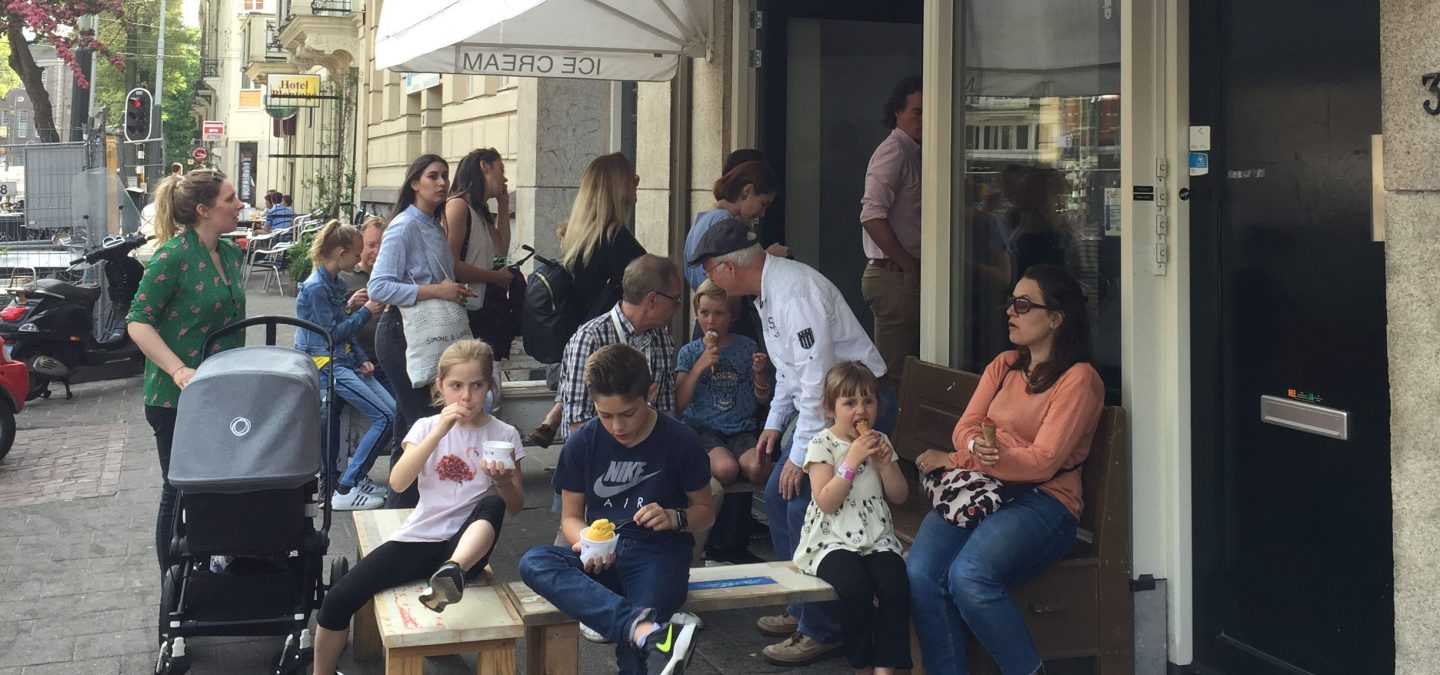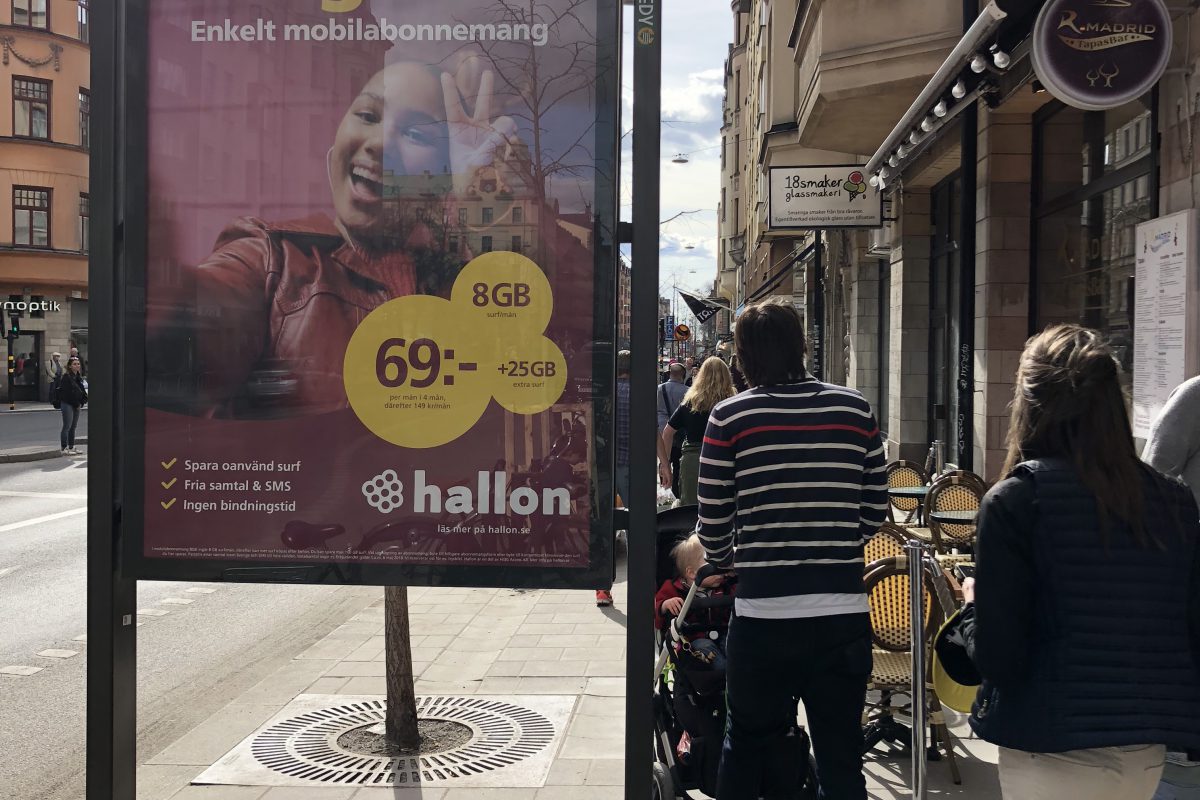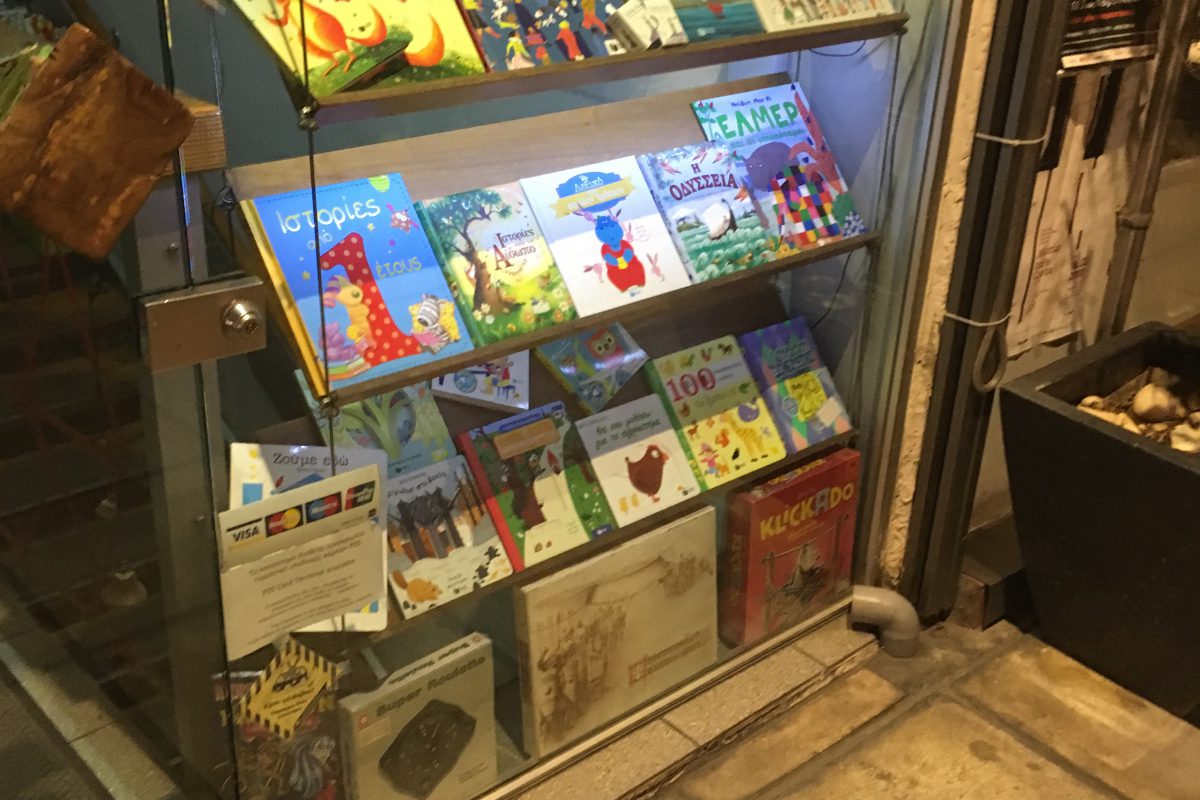
Keep up with our latest news and projects!

Plinths are a vital part of the public realm in a city. The connection between the building and the street, the zone between private space and public space, is what is so-called a plinth. The plinth characterises and influences, for a large part, the experience of the street (Karssenberg et al., 2016). Anything that can be seen
at ‘eye level’ including the façades and the activity of the ground floor belongs to the plinth. Furthermore, the functions and uses of buildings support and promote a socially attractive climate on the street (Mehta, 2011). How do children experience the public realm including the plinth? Considering that the children’s eye level is disproportionately lower and that the physical body is more limited than of adults’, what is there to see or experience from a plinth? And what more can it offer children in terms of engagement, fun and safety?
Streets are prominent public spaces in contemporary cities. Streets qualify as important places where we live and where children grow up while recognising the decreasing measures as a safe, engaging and livable environment (Appleyard, 1980). The use and meaning of streets have significantly been influenced by the shifted role from a social place to a channel of movement due to the arrival of the automobile (Mehta, 2011). Consequently, streets are often not considered as primary places for children. Well-functioning pedestrian systems facilitate the shortest distances between natural destinations for adults as well as for children (Gehl, 2011).
The design and planning for liveable, attractive and functional streets that appeal to children are about more than only safety. On a daily basis, families and children are bound to streets in need of crossing and passing through. The threat of traffic for the wellbeing of children is a widely discussed issue and as a result, has become of high concern for parents and city planners. Safe streets are indeed important, as “Young children should be able to walk or cycle safely through neighborhood streets to reach local schools, school bus stops, and the shops, playgrounds, and parks they like to visit” (p.107), while for dense urban environments streets are also places where children play and learn (Appleyard, 1980). Thus, if children are able to roam safely, the street as a place can offer much more. Introduced in the 60s and 70s, the Dutch concept The Woonerf legally alters traffic behaviour resulting in safer residential streets for children to play (see Ben-Joseph, 1995). More recently, the Belgium Leefstraten ‘Living Streets’ are experiments including a temporary redesign and co-creative participation for more liveable and green residential streets (see www.leefstraat.be).
Besides residential streets, how do children experience commercial or mixed-use streets and what is the potential of plinths for children? The quality and relevance of the street is a result of the combination of the design and use of ground floors (Gehl, 2004). Although neighbourhood shopping streets have become car-dominated spaces, nevertheless the street today still functions as a destination and social place (Mehta, 2011). By adding character and atmosphere, outdoor extensions are the personalised plinths that play a key role in the public realm experience (Karssenberg et al., 2016). The tendency of small businesses to extend inside activities out on the sidewalk are found to be creating a socially attractive climate on the street (Mehta, 2011). As a result, twice as many social encounters happen outside a small shop. For children, those are the places where the sidewalk conversations between parents happen, the safe zone where children pet a dog, or where they get fascinated by something they see and stop (Lennard and Lennard, 1992). Moreover, the atmosphere of a mixture of people and the presence of small business shop-keepers who are the “eyes on the street” create safe places where children learn to be around adults and get exposed to a variety of activities that happen in streets (Jacobs, 1961). The built environment of our cities needs constantly to improve the quality of life, not just the standard of living, and that means that our cities need child-friendly accessibility, and a welcoming human-scale built environment (Lennard and Lennard, 2000).
 Stockholm, Sweden
Stockholm, Sweden
 Thessaloniki, Greece
Thessaloniki, Greece
In February and April 2018, the project The City at Eye Level for Kids conducted two workshops in Thessaloniki and Stockholm. The workshop was designed for children from the age 0-5 years old, and their companions, around the topic of public space for children and child-friendly cities. The rich engagement within the workshops, as well as numerous (in)formal conversations with professionals and parents, has provided me with the following insights about engaging, fun and safe plinths for children:
– The value of small businesses for providing social streets, as well as the importance of larger chain stores for leaving lifetime impressions that trigger recognition, leads to learning experiences in streets for children and families;
– The plinths with higher degrees of interaction, playfulness, and colour result in more fun and engaging plinths for children; consider the difference between a bank or property seller and a toy store, pet store or florist;
– The design of the façade determines the level of interaction; the height and permeability of the shop window invites or blocks the child to look inside;
– The outdoor extension can also be at children’s height to stimulate senses and can teach a child about the transition from public to private space;
– A balance between the width of the pavement and the outdoor extension, such as a terrace, for the comfort of children and families with strollers in a street;
– The materials used for the plinth might be fun for children meanwhile disregarded by adults, such as glass façades that offer a mirror function to children but restrict seeing inside.
This list is by far not complete, however, it can be considered as an attempt to draw attention to the importance and opportunity for designing and planning engaging, fun and safe plinths for the benefit of children and families. In fact, we still need more fundamental knowledge and examples of best practices of child-friendly streets and plinths. Therefore, the selection of ground floor uses and its design capable of creating relevant plinths for children needs further investigation in different cultural contexts, street patterns and density development in cities. The gap of research on this topic leaves us with our collective memory of the type of stores and services that we remember as fun from being young. Similarly, the design of comfortable and engaging plinths for children and families is a given that parents can blindly point out but one which has not been sufficiently researched.
This article belongs to a series of stories about the city at eye level for kids! You can access the full book online in PDF or pre-order your hardcopy to be delivered to your home.
Get your book here– Appleyard, D. (1980). Livable streets: protected neighborhoods?. The ANNALS of the American Academy of Political and Social Science, 451(1), 1 0 6 – 1 1 7.
– Architects, G., & Gehl, J. (2004). Towards a Fine City for People: Public Spaces and Public Life-London 2004. Gehl Architects.
– Ben-Joseph, E. (1995). Changing the residential street scene: Adapting the shared street (woonerf) concept to the suburban environment. Journal of the American Planning Association, 61(4), 504-515.
– Gehl, J. (2011). Life between buildings: using public space. Island Press
– Jacobs, J. (1961). The Death and Life of Great American Cities. New-York, NY: Vintage.
– Karssenberg, H., Laven, J., Glaser, M., & van‘t Hoff, M. (Eds.). (2016). The City At Eye Level: Lessons For Street Plinths. Second and Extended Version. Uitgeverij Eburon.
– Lennard, H. L., & Lennard, S. H. C. (1992). Children in public places: Some lessons from European cities. Children’s Environments, 9(2), 37-47
– Lennard, H. L., & Lennard, S. H. C. (2000). The forgotten child: cities for the well-being of children. Gondolier Press.
– Mehta, V. (2011). Small Businesses and the Vitality of Main Street. Journal of Architectural and Planning Research, 271-291.